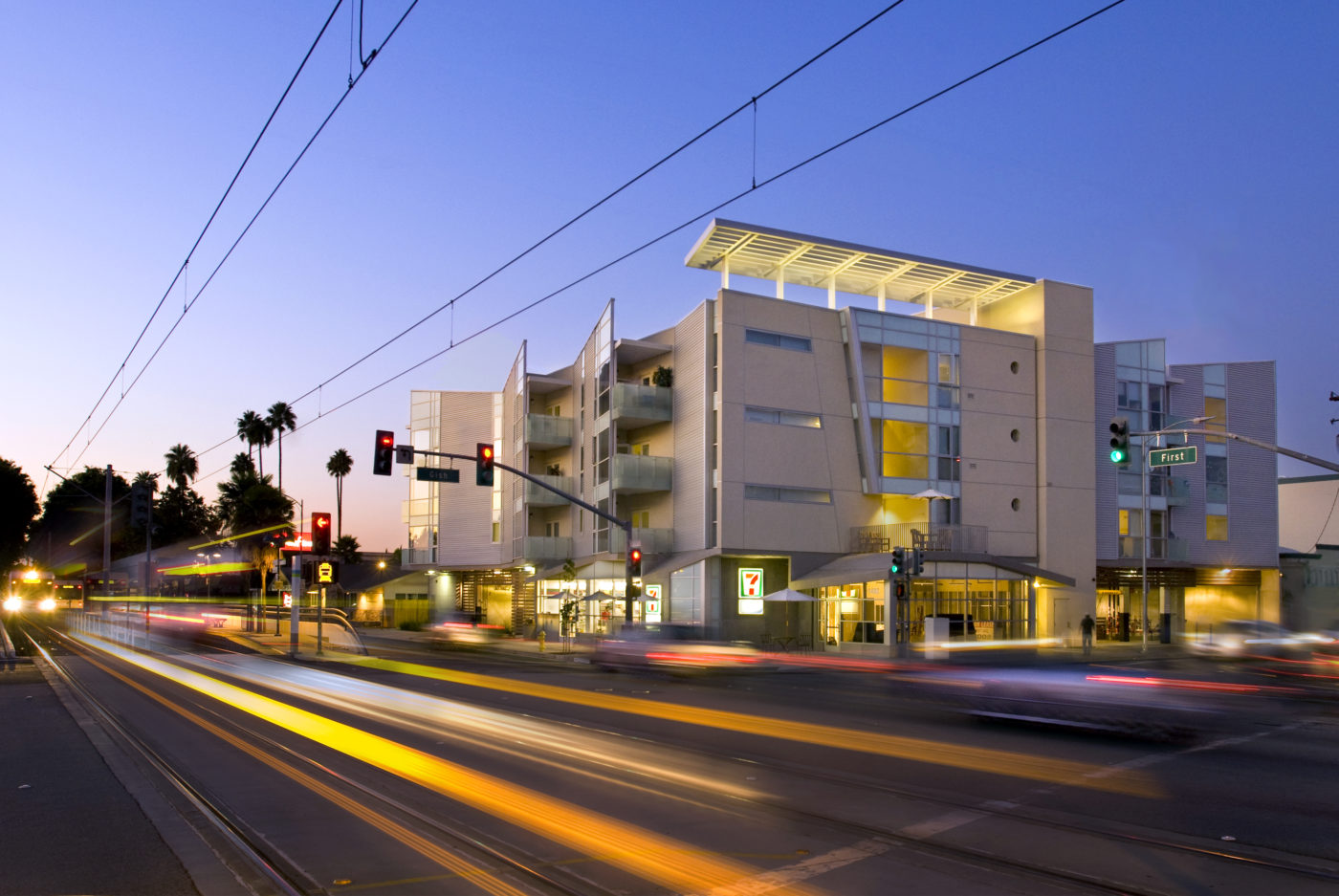 |
#ItsUpToUs, Silicon Valley!
|
|
|
Affordable Housing Week is back! This year’s theme is collective action and #ItsUpToUs, Silicon Valley will include events for those looking to learn about and get more involved in housing issues, for those who are already working on housing issues, and for those who are experiencing the effects of our housing crisis firsthand. #ItsUpToUs, Silicon Valley is being sponsored by
|
|
|
|
|
|
|
Become a sponsor! Click here to learn more about various sponsorship opportunities and benefits.
|
|
|
|
|
|
Statewide Housing Plan Input Requested
|
|
|
|
|
The State Department of Housing and Community Development has issued a draft Statewide Housing Assessment: California’s Housing Future, and is requesting feedback through March 4th. The draft lays out the housing challenges the State faces, includes in-depth research about production, housing costs, and housing conditions, and highlights preliminary policy recommendations for the next ten-year period. Importantly, the report recognizes the need for an ongoing State revenue source for affordable housing. Check out HCD’s powerpoint presentation here.
Take the opportunity to view the Plan and provide input either directly to HCD or to SV@Home by emailing nicole@siliconvalleyathome.org. SV@Home is drafting a comment letter that will be submitted to HCD before the March 4th deadline.
|
|
|
|
RHNA Subregion Task Force Formed
|
|
|
One of the most important parts of the General Plan Housing Element is the allocation of housing need to each jurisdiction, broken out by income group– from Very Low Income, to Low Income, to Moderate Income, to Above Moderate/Market Rate. Every time Housing Elements are due, typically every seven to eight years—the Association of Bay Area Governments works with data from the State Department of Finance and the Department of Housing and Community Development to make projections of need that are allocated to every Bay Area jurisdiction. These needs projections are known as the Regional Housing Needs Allocation (RHNA).
Three Bay Area counties—San Mateo, Solano, and Napa—have created a RHNA Subregion, which gives them the power to create their own allocation process that is separate from, but parallels, the process conducted by ABAG. The benefit to a Subregion is that jurisdictions get to work collectively to make decisions locally rather than accepting the allocations provided by ABAG. In this situation, ABAG determines the appropriate share of the total Bay Area need and provides that number to the Subregion, which is then tasked with overseeing the allocation process. More detail can be found here.
In response to interest from a number of Santa Clara County cities, SV@ Home and the Cities Association of Santa Clara County are working with a Task Force to consider whether a Subregion should be formed. Task Force members include:
Cindy Chavez, Santa Clara County Supervisor
Jim Griffith, Sunnyvale City Councilmember
Chappie Jones, San Jose City Councilmember
Leslie Little, Morgan Hill Assistant City Manager
Laurel Prevetti, Los Gatos Town Manager
Greg Scharff, Palo Alto Mayor
Pat Showalter, Mountain View City Councilmember
The Task Force is just beginning its work. More information and conversation will follow!
|
|
Santa Clara to Form a Stakeholder Working Group on Affordable Housing Impact Fees
|
|
|
After reviewing the results of the City of Santa Clara’s affordable housing nexus study, the City Council voted on Tuesday to create an ad hoc working group that will develop a comprehensive set of recommendations for a new policy on residential and non-residential impact fees to support affordable housing development in the City. The working group will be chaired by Vice Mayor Dominic Caserta and will also include Councilmembers Patricia Mahan and Pat Kolstad, one Planning Commissioner, and representatives of various stakeholder groups.
In addition to deliberating on impact fee levels for various types of residential and non-residential uses, the working group will look at the City’s inclusionary housing requirement (currently 10% for residential for-sale development), alternative options for developers to meet their affordable housing requirements, and other policy considerations. SV@Home plans to stay engaged as the working group discussions proceed. Take a look at our initial recommendations, which are shared with eight other organizations, in the coalition letter submitted to Council.
|
|
East Whisman Precise Plan Moves Forward
|
|
 |
|
On Tuesday, February 14th, the Mountain View City Council provided direction to staff on a preferred land use alternative for the East Whisman Precise Plan. The preferred land use plan will be used to inform the plan’s environmental analysis. The Council directed staff to analyze the inclusion of up to 9,700 new homes in the planning area. The Council also voiced their support for mixed-use, developments of up to eight stories, and exploring the option of allowing the transfer of development rights for schools. Staff returns to council with more information regarding transportation issues in May.
|
|
|
|
|
|
 |
|
San Jose– Annual Priority Setting Session
Tuesday, March 7th
200 E. Santa Clara Street, San Jose
The San Jose City Council will discuss and select its top priorities for 2017. Last year’s priorities included reviewing the mobile home conversion ordinance, considering a Commercial Impact Fee for affordable housing, reviewing changes to the City’s second unit ordinance, considering modifications to the City’s Rental Rights and Referrals Program, and updating the City’s surplus lands ordinance. Several of these items continue to be priorities in 2017.
The meeting agenda can be found here. The priority setting session is Item 3.3 on the agenda, and will be heard during the afternoon session starting at 1:30. For more information on the topics the Council will be considering, check out the staff report.
|
|
|
Saratoga– Affordable Housing Impact Fees
March 15 (tentative), 7:00 pm
Saratoga City Hall – 13777 Fruitvale Avenue
Saratoga is one of several communities throughout the County participating in a nexus study to determine the linkages between the construction of new market rate residential units and new workplace buildings, and the resulting demand for affordable housing. The results of the nexus study, which determine the maximum legally supportable fees that can be charged to new development, will be brought to Council for the first time on March 15th. SV@Home strongly supports the adoption of impact fees to fund local jurisdictions’ efforts to build more affordable housing and will be following this discussion closely. The meeting agenda and staff report will be posted here prior to the meeting.
Palo Alto– Impact Fees
Rescheduled to: March 27th
6:00pm
250 Hamilton Avenue
After voting not to adopt a proposed impact fee ordinance during its second reading on January 9, the City Council will reopen the discussion on affordable housing impact fees. Staff’s proposal from the January 9 meeting can be found here. The meeting agenda will be posted here prior to the meeting.
|
|
|
|
|
|
|
Second Street Studios Groundbreaking Ceremony
Friday, March 17th
1:15 PM to 2:15 PM
1150 South 2nd Street, San Jose, CA
First Community Housing will soon begin construction on Second Street Studios, which will be the largest Permanent Supportive Housing project in the Bay Area once complete. First Community will celebrate with a ceremonial groundbreaking, featuring comments from State Senator Jim Beall, Mayor Sam Liccardo, and Supervisors Chavez and Cortese followed by refreshments.
Lunchtime Forum – Homes and Habitats: How Can Silicon Valley Make Room for Both?
March 30th, 12:00 pm (lunch served at 11:30 am)
Location TBD
Register on Eventbrite here
Silicon Valley is study in contrasts where it is home to people from the homeless and working poor to the extremely wealthy and everyone in between. It also experiences cycles of explosive economic growth with the addition of tens of thousands of jobs, while also being home to endangered species and rare serpentine flowers. One of the challenges that we face is how to make sure that all of these people, flora, and fauna have the homes and habitats they need to survive and thrive.
How do we build an informed and engaged base who sees the value of both new housing to meet local and regional growth needs and parks and open space for recreation and conservation? It is not an “either – or” proposition, but rather “both – and.” Hear from South Bay housing and open space leaders on how we can create “win-win” scenario that results in a resilient Silicon Valley with homes and habitats for all its residents.
SPUR and SV@Home Panel Discussion – How Tech is Engaging in Housing
April 5, 12:30 pm
SPUR San Jose, 76 S. First Street, San Jose 95113
SV@Home and SPUR Members: Free
General Public: $10
(Pre-registration not required)
The region’s largest tech employers have begun to focus more of their community engagement efforts and investments in housing, whether it serves their employees or the communities impacted by the industry’s rapid growth. Join us for a panel discussion with some of our partners who are working on these issues.
|
|
|
New Members
Thank you to our newest 2017 member, Andrea Osgood!
|
|
|
|
|
|
Contact Us
SV@Home
350 W Julian St. #5
San Jose, California 95110
408-780-8411
info@siliconvalleyathome.org
|
|
|
|
|
|
|
|

